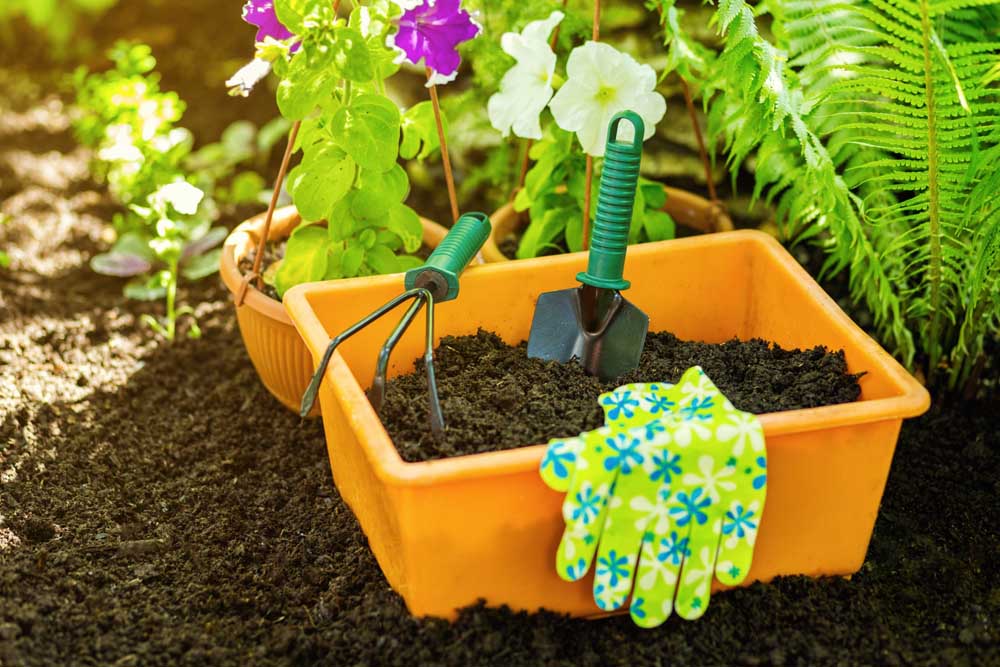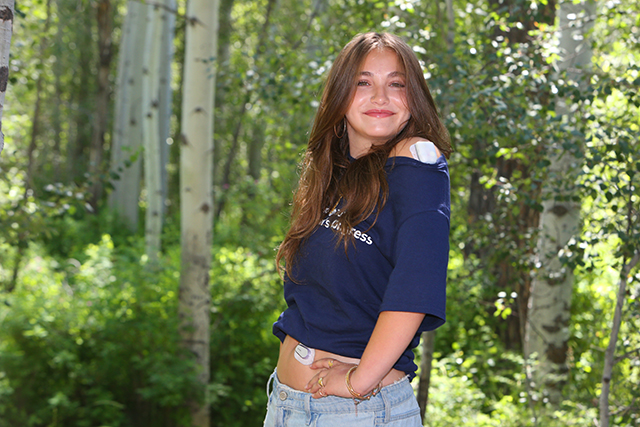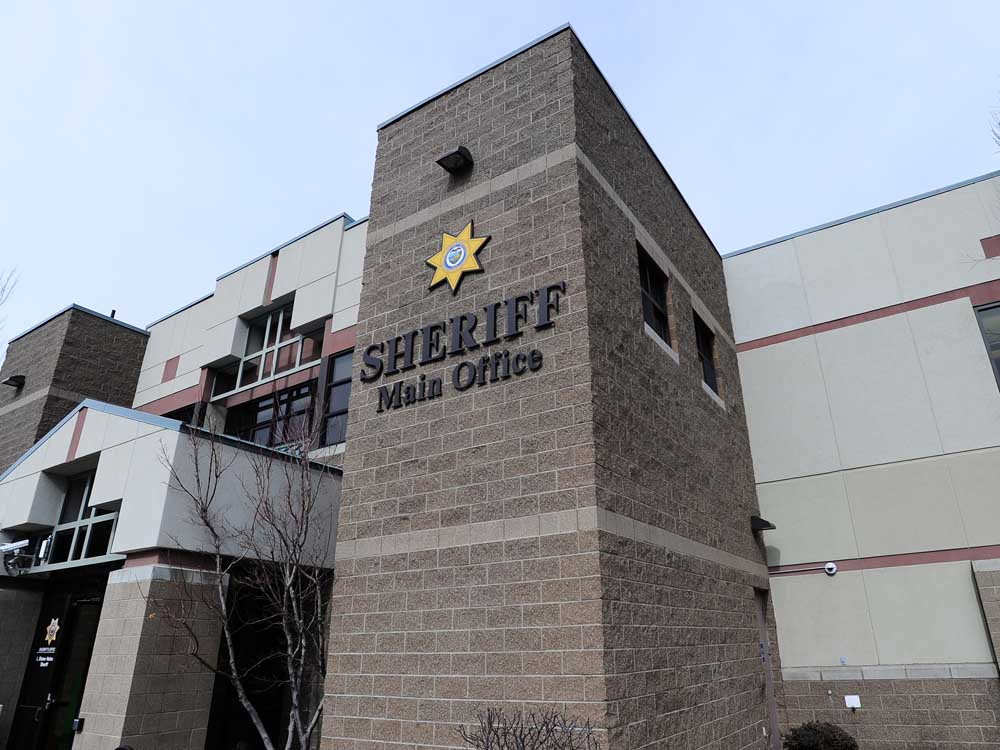Resolve to treat your garden better
Published 6:00 am Monday, January 8, 2024

- A seed viability chart should be one of the most important resources you have. The charts will save you money and guide your gardening.
How many times have we made New Year’s Resolutions only to find ourselves failing in a matter of months, or even weeks?
It was a surprise to learn there are “unofficial” dates of commemorating failures. Some sources cite “Ditch New Year’s Resolutions Day” as Jan. 17, an optional date is the second Friday in January labeled “Quitters Day” — this year it would be Jan. 12.
Trending
A Forbes Health/One poll survey found that the average resolution only lasts 3.74 months. Only 8% stick to their resolutions for one month, 22% lasts two months, 22% lasts three months and 13% lasts four months.
Sometimes the way we frame our resolution is a forecast of success or failure. Do the words project a negative resolution, or is it projected in a more positive manner?
Weight loss is always a No. 1 resolution. A resolution of “eat less” is pretty daunting, but a more positive wording of “add a fresh salad every day” sounds more inviting. Our mind can play marvelous tricks on us.
I will admit to being somewhat bias in thinking that gardening resolutions are high on everyone’s list. Instead of the broad statement of “water less,” put some thought into the amount your landscape really needs. Learn the needs of the plants you have or the ones you anticipate adding to your landscape. Visit the Water-Wise garden at Hollinshead Community Garden for ideas. Assess your sprinkle system, does it need to change?
Close your eyes and bag up all the weed killers and chemical sprays to recycle at the Household Hazardous Waste facility at Knott Landfill or check the schedules for your local landfill. Treat yourself to reading “Natures Best Hope” by Douglas W. Tallamy and you will have a better understanding of why it is important for all homeowners to improve their landscape where possible. It’s time to let the good bugs overtake the bad bugs!
Be creative in container planting. Instead of the negative thought of not enough room for tomatoes, look for varieties that are adapted to container growing. Or be brave, plant your favorite tomato in a container making sure the container is at least 18 inches deep. Add in a few radish or leaf lettuce seeds or your favorite herb.
Trending
Seed catalogs started arriving before Thanksgiving. Last year I resolved to cut back on seed catalogs to help save paper products.
I sent unsubscribe notices to all those I never used and it did help. I’m not sure if I saved even a few branches of a tree, but looking at the big picture that if we all do a little we will all benefit.
Before I start paging through the catalogs I did receive and several on-line favorites, I need to check my seed box. When I do purchase new seeds I date the packet with the current year and with the help of a seed viability chart add the expiration date of the seeds.
A seed viability chart should be one of the most important resources you have. Google “vegetable seed viability charts.” Several of the online sites offer charts for vegetables, flowers and herbs. The charts will save you money but you will experience a whoops here and there, like my carrot seeds that expired in 2020. On the other hand I may have to experiment and plant just a few of the seeds as a test.








